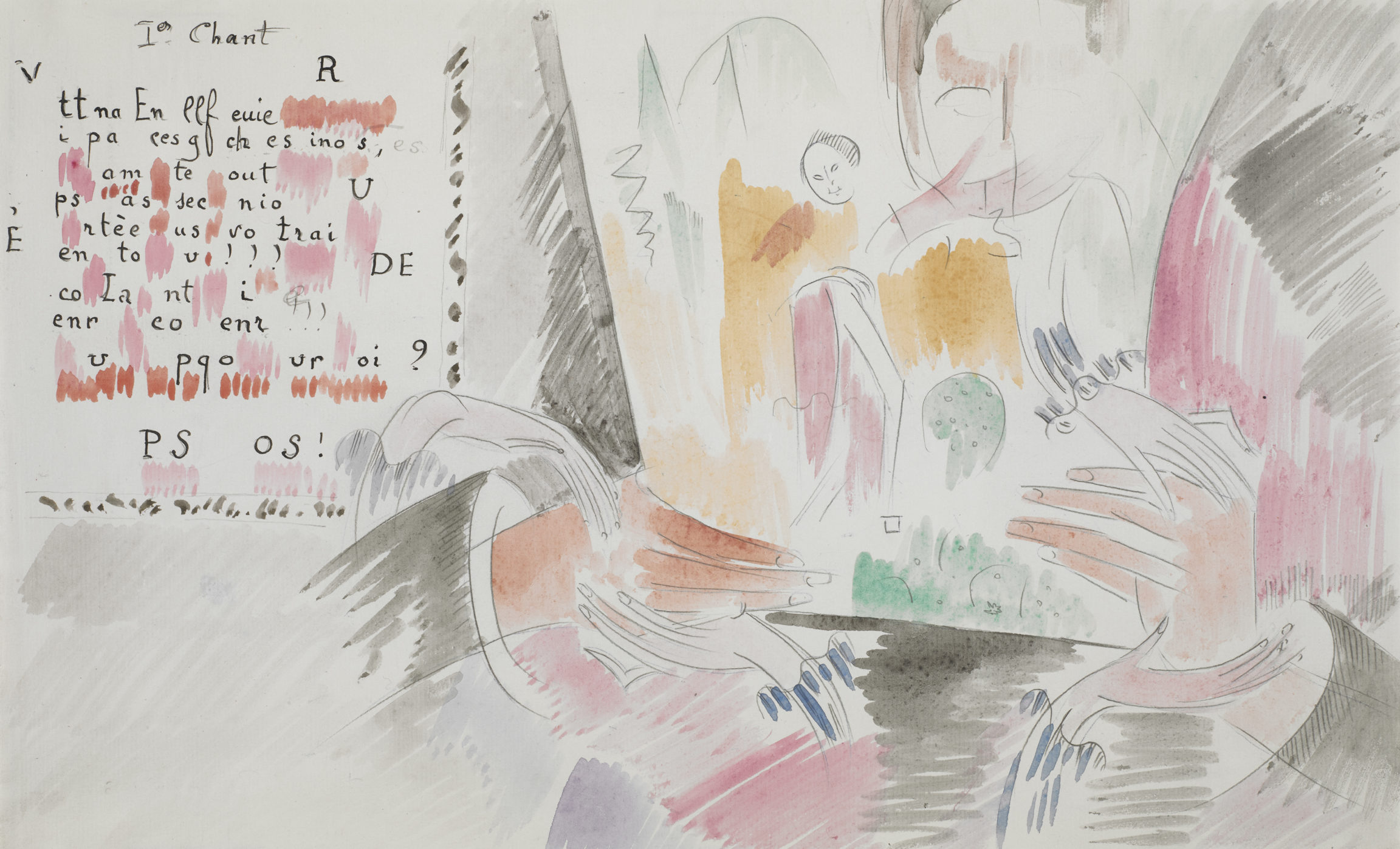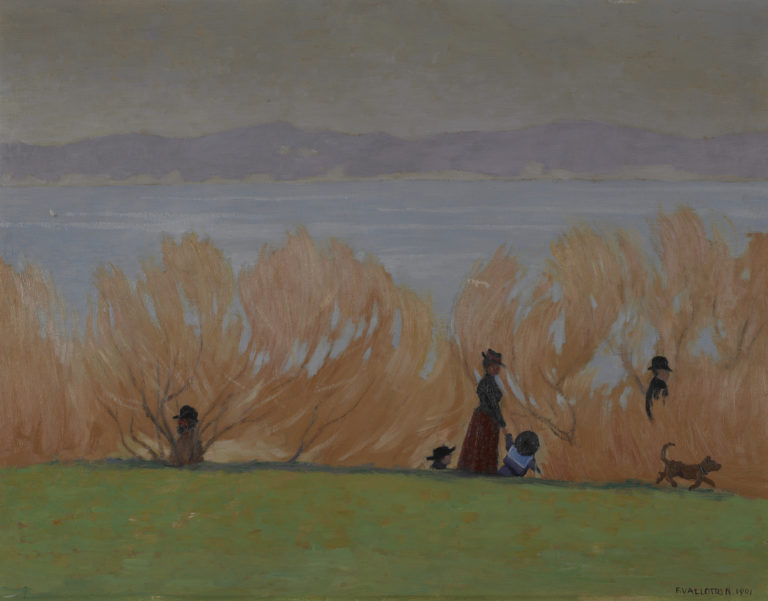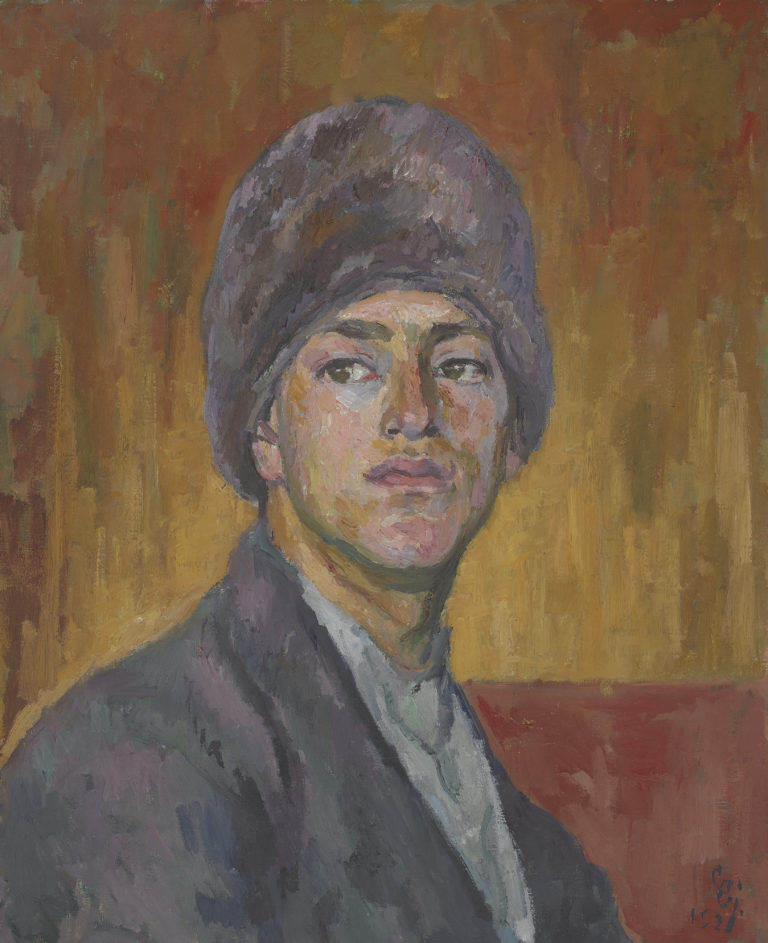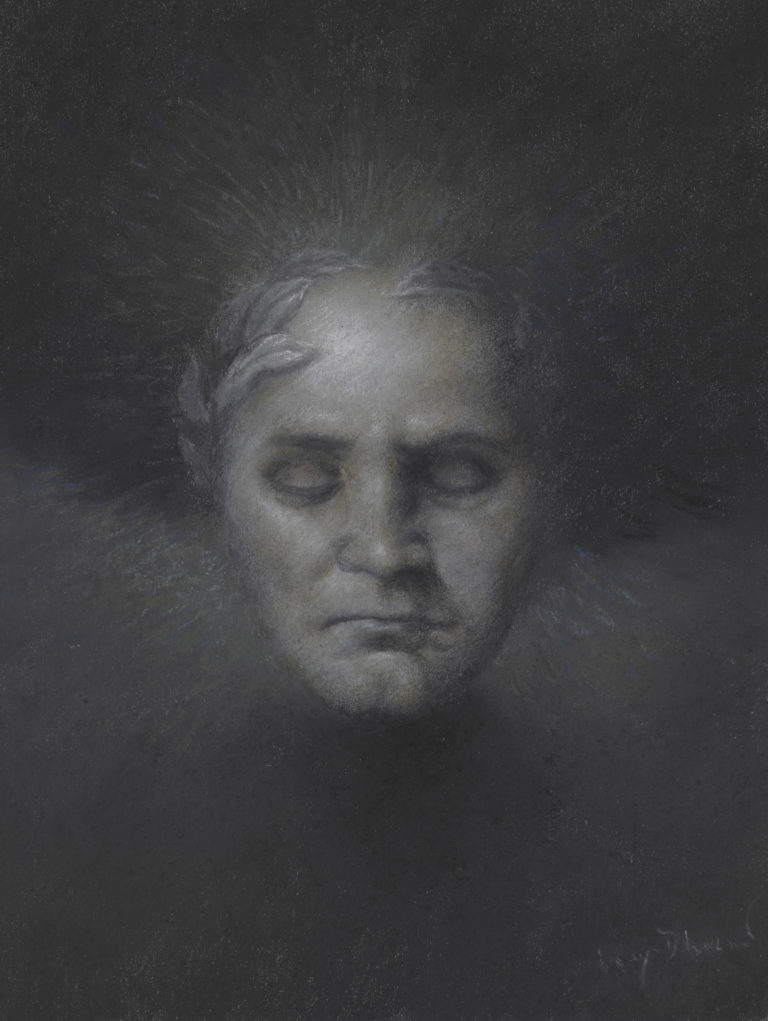Bibliography
Catherine Lepdor, L’artiste à l’œuvre. Études et esquisses de la collection, exh. cat. Lausanne, Musée cantonal des Beaux-Arts, 2017.
Paul-André Jaccard, Alice Bailly. La fête étrange, exh. cat. Lausanne, Musée cantonal des Beaux-Arts, Milan, 5 Continents Editions, 2005: n. 130.




In June 1918, Alice Bailly became acquainted with Werner Reinhart, a German-speaking Swiss philanthropist renowned for his patronage of the arts. The pair met in Geneva at the home of the artist Alexandre Cingria. Werner was the son of a major Wintherthur businessman and brother of the famous collector Oskar Reinhart. He was a discreet, sensitive man of unstinting generosity who supported countless artists through the challenging interwar years. He bankrolled the writer Charles-Ferdinand Ramuz, Igor Stravinsky, and artist René Auberjonois for the inaugural performance of The Soldier’s Tale in 1918 and purchased the Château de Muzot near Sierre for the poet Rainer Maria Rilke in 1921.
Bailly fell in love with Reinhart at first sight. She expressed her feelings for him in a series of watercolours, Seven Songs, recounting her hidden passion. The drawings include poems in code, with the letters switched around. A letter she sent Reinhart in July 1918 indicates that the drawings were indeed for him: “I have for you some new colourful pages, made in tune with the emotions that sing within me! […] A living force, once aware of its own self, cannot be forced into silence! But I will keep these pages! I do not yet know if their language is the one you wish to hear. No-one other than you will see them, of course! They are yours, for you, yet if you would like to receive them one day, simply ask me, I would be delighted to send them to you in that case!”
Reinhart’s natural sense of caution meant they stayed in Bailly’s hands. Yet he remained a lifelong friend and supporter: she named him her sole heir in her will and after her untimely death he became the first president of the Fondation Alice Bailly.